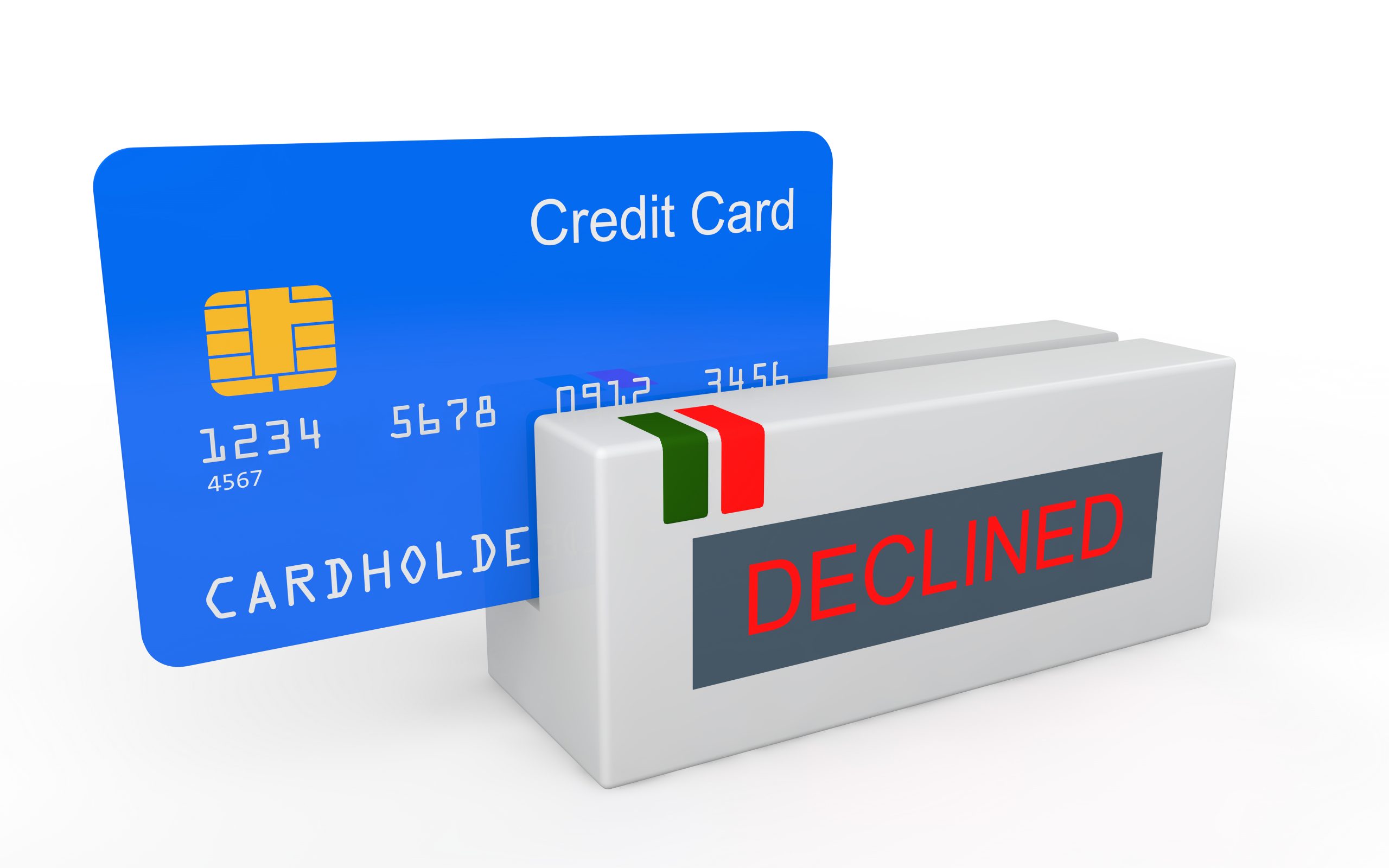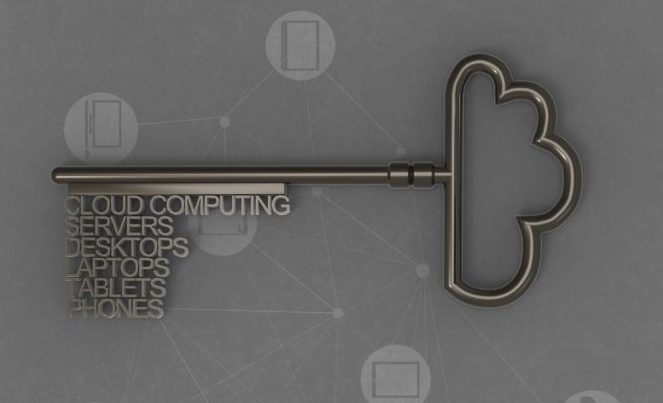Category: DIRECT RESPONSE
-
5 Tips to Maximize Operational Efficiency for Your Online Store
As we approach year-end, many of you business owners are reflecting on the year to see what worked, what didn’t, and what can be optimized. This type of reflection is one of the best things you can do when gearing up for Q1 2022, because it’s coming up fast. This type of year-end review or…
Written by

-
Want 10x the Sales? Here’s How Global Affiliate Marketing Can Get You There.
This week, we took a seat with director of business development at Digistore24, Alex Gunoe, to see what information he can give us about scaling a business internationally using affiliate marketing. We’ve been talking a lot about successful affiliate marketing lately, especially with our incredible deep-dive into affiliate managers last week. For some background, Alex might be a…
Written by

-
What Makes a Good Affiliate Marketing Manager + Women in Business
This past week, we sat down with Amber Spears and spoke with her about what makes a good affiliate manager, the difference between men and women in our industry, and predictions for the future. This will be a multi-part supplemental post of our podcast episode with her, so stay tuned for our future posts. Amber Spears currently…
Written by

-
FAQ: Why You Have So Many International Declined Transactions
A common question we get from (understandably frustrated) sellers in Canada and Australia involves declined transactions. “My approval ratio is high, so why do I get so many declined transactions when selling to Americans?” Do you have this issue, too? There’s no doubt about the frustration and rage you might be feeling when customers get…
Written by

-
Why Consumer Data is Valuable to Both Businesses and Consumers
Data has become synonymous with breaches of privacy in recent years. The fear consumers have of their personal data being shared, used, and sold across the world is unappealing. It doesn’t help that so many big tech, and big data, companies like Microsoft and Amazon have exposed customer information in one way or another. Consumer…
Written by
